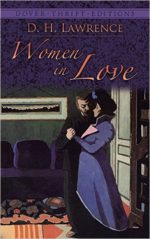Description
Imagining women readers reassesses the cultural significance of women’s reading in the period 1789-1820. While much attention has been paid to the moral panic provoked by novel-reading during this period, this study offers a more progressive and enabling narrative. From the turbulent years following the French Revolution to the fiction of Jane Austen, Imagining women readers charts the rise of a self-regulating reader, who possesses both moral and cultural authority. De Ritter identifies how writers working in a range of genres – including conduct books, educational texts, and fiction – viewed reading as a mode of symbolic labour, which enabled forms of female participation in national life. Often considered an inward-looking, domestic activity, this book argues that reading was frequently depicted through the language of the public, rather than the private, sphere.
Over the course of its five chapters, Imagining women readers offers a unique perspective on the relationship between reading, education and the construction of femininity. In doing so, it sheds new light on the work of some of the most celebrated women writers of the period, including Hannah More, Jane West, Anna Letitia Barbauld and Maria Edgeworth. Imagining women readers will be of interest to students and scholars interested in the history and representation of reading, and in women’s writing of this period more generally.



Reviews
There are no reviews yet.